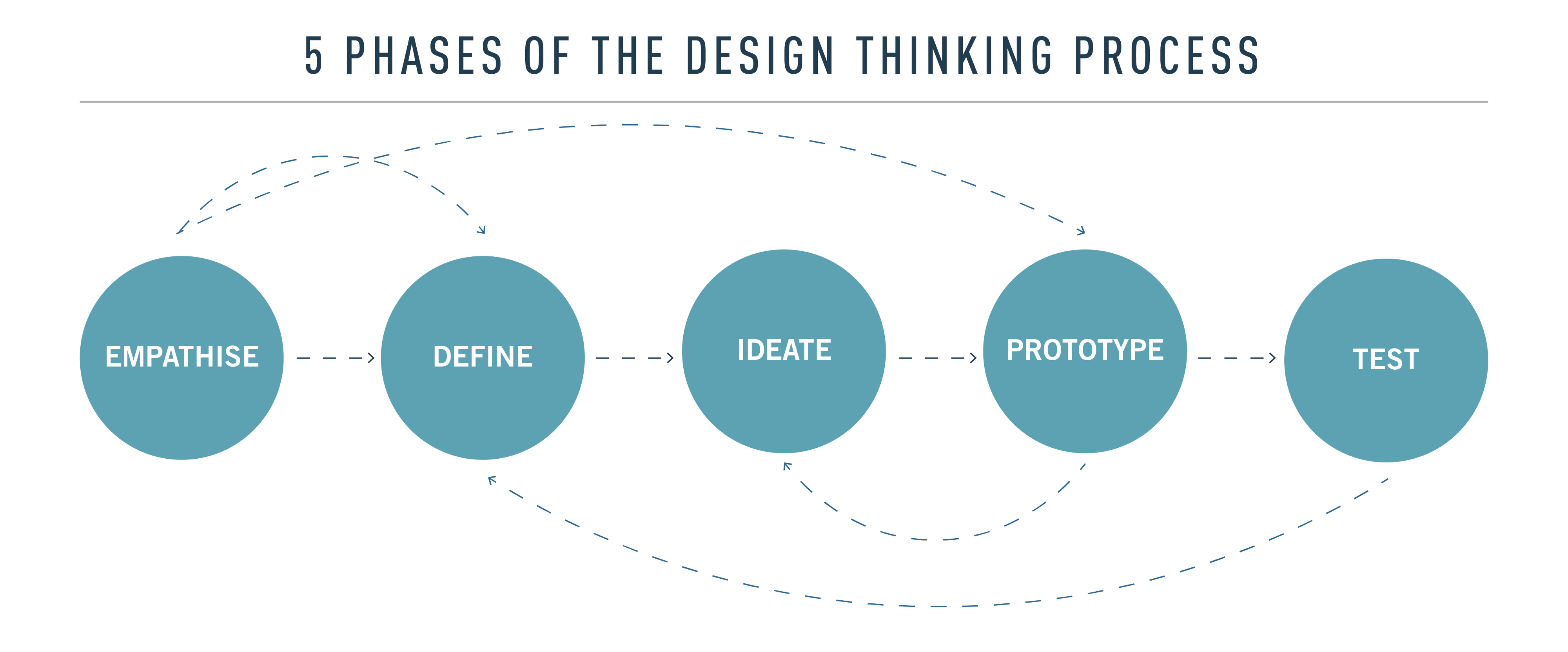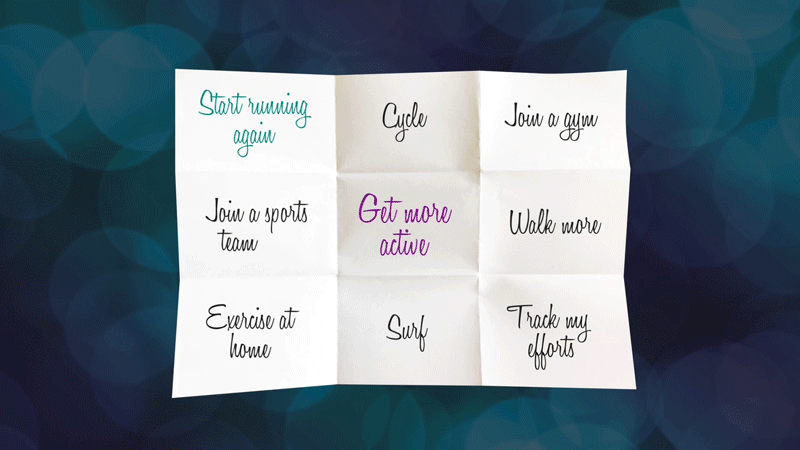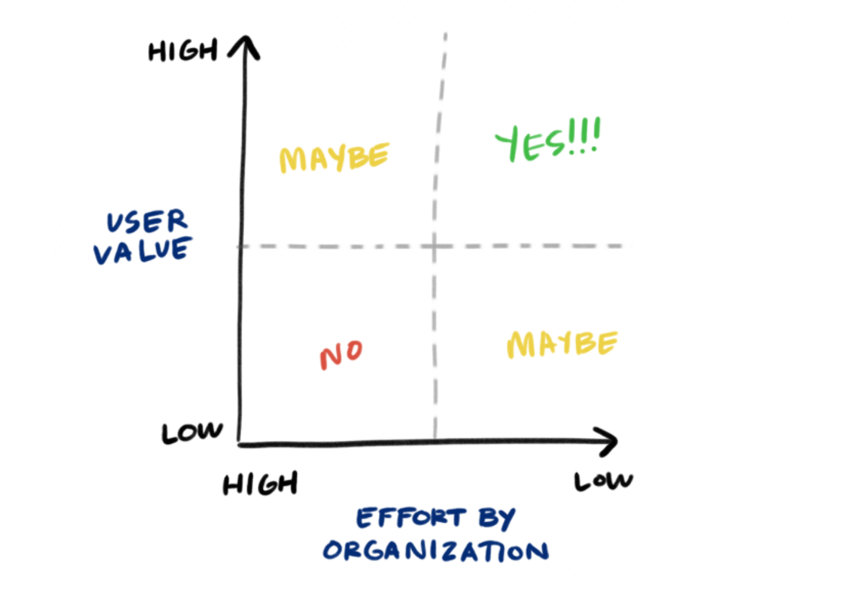The lotus blossom method: ideation on steroids
Easier said than done. Picking the right ideation tool depends on your audience, group size, team dynamics, and factors like the participants’ self-confidence or perceived lack of creativity — always a good bubble to burst…
One of the 5 phases in Design Thinking, ideation is the process of going wide and exploring multiple solutions or ideas — as the name suggests.

The thing is when faced with a challenge, we humans tend to hold on to the first options that comes to mind. That’s because our cheeky brains like to simplify complex patterns.
One of the aims of ideation is to force you to push the boundaries, think outside the box and shine the light on alternative, innovative ideas.
Some of the most common ideation methods include mind-mapping, brainstorming, and the crazy-8s recently promoted in Google Venture’s design sprints.
Unlike mind maps, Yasuo Matsumura’s Lotus Blossoms force teams to diligently explore one idea before moving to the next. They provide structure to the brainstorming process.
How does it work?
It could not be simpler.
Fold a page twice horizontally and twice vertically to end up with in 9 equal-size boxes (see illustration below).
In the centre, write your problem definition, or the core idea you want to explore. In this example I’m going to go with a personal goal – “Get more active”, but some of my recent client workshops had “Keeping Millennials engaged with our product” or “Sharing a url with the end customer”.
Write one solution idea in each of the 8 remaining boxes— that’s your petals. Do not elaborate. Just go and throw all the ideas you can, down to the eighth and last box. If you have more than eight ideas, remove one or merge two. Categorisation FTW. But be careful not to discard an amazing innovative idea you have not really explored yet!

Coming up with the obvious is easy, but the fun really begins when you come to a stop after a few ideas.
If you think one idea is a bit stupid or far-fetched, add it regardless! In ideation, a so-called “stupid” idea can trigger an amazing thought in your or someone else’s mind!
It’s only the beginning
Good work! You now have 8 potential solutions to your problem. It wasn’t that hard was it? Well to be honest in the example above I got really stuck after 3 ideas. I had to scratch my head and consider alternative angles, but that’s when the magic happens.
And it’s only just started 🙂
Each one of those 8 ideas is going to become the centre of the next set of lotus flowers – another eight pages! Now’s the time to dig deeper and uncover 8 ideas for each petal. That’s 64 ideas for that one initial problem. Mind blown or what?
Again I was kind of stuck when I started ideating on the “Start running again” box below. I thought I would have to stop half way and be cool with it. But again, persisting and considering different angles I was able to find 8 ideas, some of which I’m glad I unpacked!

Now if you’re on to something, don’t hesitate and go to the third or fourth level. Probably not for each idea, but once you’re hitting that innovative string it would be sad to stop there!
Team size
There are many ways to run this activity.
Alone :/
In a small team you should probably go with one large, collaborative lotus blossom. Make sure everyone participates.
If you have more than one theme to unpack and a larger crowd, you should probably split the challenges across teams.
With a large group and just one problem to solve, you may split the participants into smaller teams having a go at the same challenge. But you know what that means… At some point you’re going to have to make sense of that high volume of ideas!
Mix it up!
When multiple teams are working on multiple problems in the same room, shout “mix it up!” and one person from each team has to join another. Who knows what crazy idea they may bring to the mix!
Synthesising
Well well well… You should now have no less than 64 different ideas, maybe a few hundreds! Where to from here?

It really depends what you’re trying to achieve. But now may be a good time to take a break. All those brains have been working really hard to come up with ideas and they should have a good rest before coming back and sorting it out.
Some prep work is encouraged before the next session. Having hundreds of ideas to sort out as a group can be messy. Going through the maps in a small committee is an opportunity to pre-identify patterns, matching points, outliers…
How you sort out these ideas is really up to you, but here is what I would generally do.
Filtering
With the lotus blossom displayed on a wall. Read out the core 8 ideas and ask the team to call out any that wouldn’t align with the project, product or company’s vision, goals or value proposition… Generating that many ideas usually means waste and average — if not terrible ones.
Highlighting
Are there any particular ideas that stood out? Ask each participant to use 3 dot-stickers to highlight the most compelling, valuable or exciting ones. It doesn’t have to be a dot vote, but can rather be taken as an awareness exercise.
Value mapping – Prioritisation
If you plan to action those ideas, you may want to prioritise them. If it’s the case, you can use something like a value/effort matrix.
Copy each idea on its own post-it note. Don’t forget to reference its parent idea not to lose context.

As a group, position them on the matrix. Make sure you time-box the activity as discussions can easily get out of hand.
Revisiting
It would be sad to just burn those amazing blossoms – who would do that anyway? Photograph the lotus blossoms, scan them for Mural or Realtime Board, and/or copy them in a good old excel sheet.
Like most things in design, ideation is an iterative process. You should revisit those ideas, go deeper, and discover new opportunities.
The Lotus Blossom technique provides a platform for ideation which will work amazingly well when used in the right context.

Comments
Comments are disabled for this post